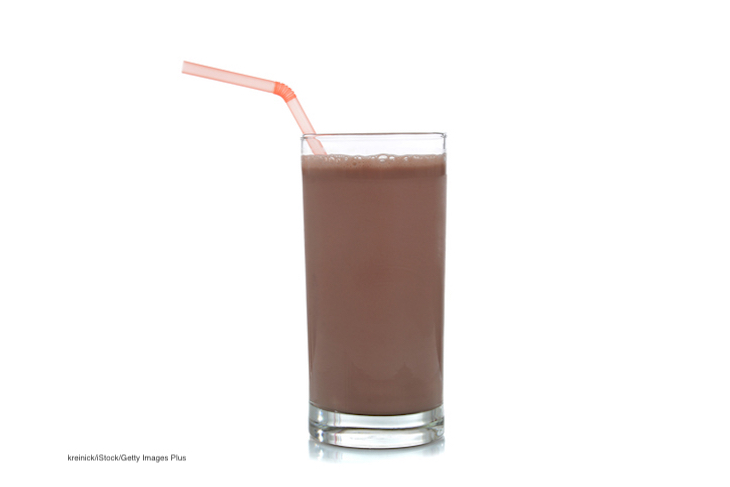Usually, when we write about an outbreak associated with milk, the product in question is raw, or unpasteurized, milk. But in the CDC’s Emerging Infectious Diseases issue for March 2019, a Listeria monocytogenes outbreak associated with pasteurized chocolate milk in Ontario, Canada is the subject. That outbreak took place from November 2015 through June 2016.

The article states that listeriosis outbreak associated with pasteurized milk are rare in North America, but, like all foods, dairy products can be contaminated with pathogens after pasteurization. A study conducted in the U.S. reviewed 83 fluid milk-associated outbreaks from 1990 to 2006; only one was attributed to Listeria monocytogenes.
Thirty four people were sickened during this outbreak, but only people who lived in Ontario were studied. Illness onset dates ranged from November 14, 2015 through February 145, 2019. A second wave of illnesses occurred during the time frame of April 11 to June 20, 2016.
Public health officials considered several other foods during the initial investigation. The first though was leafy greens were the problem, since a Listeria monocytogenes outbreak associated with that food was ongoing in the U.S. and Canada at that time. Cheddar cheese was suspected, but the investigation ruled out that food. Finally, investigators suspected coleslaw, but that was ruled out too.
Finally, investigators isolated Listeria monocytogenes from expired bagged chocolate milk collected from the home of one patient. The outer packaging was discarded, so officials weren’t sure of the brand name. The investigation revealed that exposure to pasteurized milk was reported by 60% of case patients in the first wave, and 75% in the second wave.
On June 3, 2016, a retail sample of brand B chocolate milk produced at facility C was confirmed positive for Listeria monocytogenes. The brand was recalled. Isolates from the original sample and 3 positive samples of chocolate milk matched the outbreak strain by PFGE and whole genome sequencing. Investigators found the outbreak strain within a post pasteurization pump dedicated to chocolate milk.
The conclusions of this study was that more attention should be given to the design of equipment and maintenance programs. Listeria monocytogenes can be persistent in an environment, and “harborage sites” that contain the pathogen can be undetected by routine monitoring. Officials stressed the importance of obtaining thoroughly food histories and collecting food that patients ate or drank during the incubation period. Finally, officials also stated that any food product sold in bags, especially food with an inner and outer bag, should be labeled on both bags to facilitate traceback.




